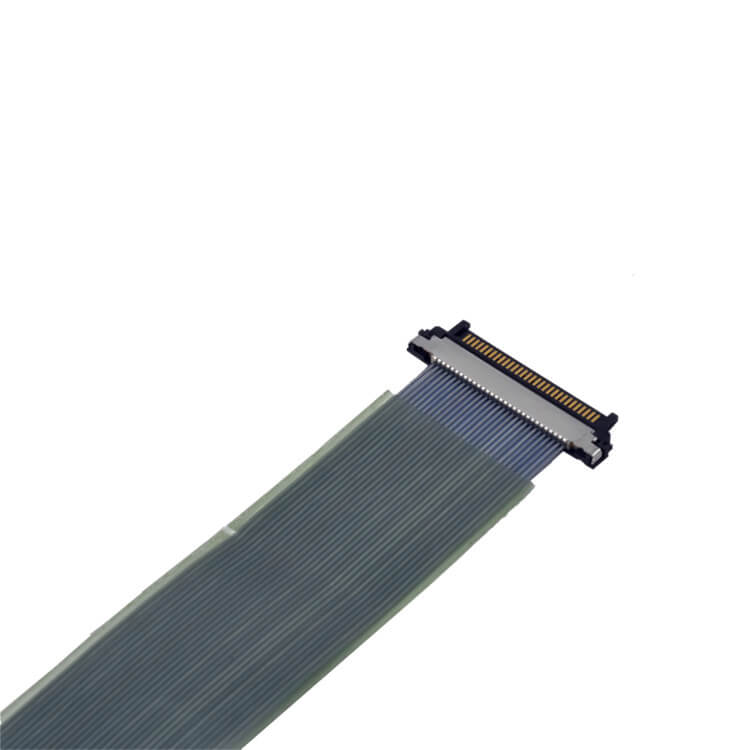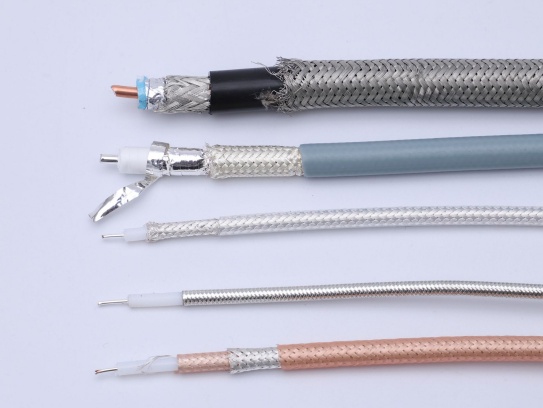In an era where reliable signal transmission and safety are paramount across industries, coaxial cable manufacturers have prioritized advancements in safety performance. This article explores the latest upgrades in coaxial cable technology, focusing on enhanced fire resistance, electromagnetic interference (EMI) protection, and environmental durability—all critical for applications ranging from 5G infrastructure to industrial automation. 1. Fire Resistance Redefined One of the most significant safety improvements lies in fire-resistant designs. Traditional coaxial cables often relied on polyethy.
Read more →The global micro-coaxial cable market is experiencing dynamic growth, driven by advancements in high-frequency signal transmission and miniaturized electronics. Recent research highlights key trends shaping this niche but critical sector. Key Growth Drivers 5G Expansion: Ultra-thin coaxial cables are essential for 5G base stations and small-cell networks due to their low signal loss at high frequencies. Medical Electronics: Rising demand for minimally invasive surgical devices leverages micro-coaxial cables’ flexibility and EMI shielding. Automotive Innovation: Advanced driver-assistance .
Read more →In the intricate world of scientific research equipment, coaxial cables play a pivotal role. These cables are not just ordinary connectors; they are the lifelines that ensure seamless data transfer, precise signal transmission, and reliable operation of a wide range of research apparatus. Applications in Scientific Research Electrophysiology Experiments Coaxial cables, particularly those with BNC connectors, are commonly used in electrophysiology equipment within research laboratories. In neurophysiology experiments, for example, where sensitive recordings of electrical signals from neurons a.
Read more →Understanding Signal Attenuation in Micro Coaxial CablesSignal attenuation occurs when the transmitted signal weakens as it travels through the cable. Key factors contributing to attenuation include: Conductor Resistance: Energy loss due to the cable’s inner conductor resistance. Dielectric Losses: Energy absorbed by the insulating material (dielectric) between the conductor and shield. Shielding Imperfections: Electromagnetic interference (EMI) or radio frequency interference (RFI) leakage. Impedance Mismatch: Reflections caused by mismatched impedance at connectors or junctions.
Read more →Introduction In high-speed digital communications and RF applications, signal degradation is a critical challenge. Micro-coaxial materials have emerged as a game-changer, minimizing signal loss and preserving data integrity. This article explains how these advanced materials work and why they matter for industries like 5G, IoT, and aerospace. How Signal Degradation Occurs Signals degrade due to: Skin Effect: High-frequency currents flow near a conductor’s surface, increasing resistance. Dielectric Losses: Poor insulator materials absorb electromagnetic energy. Crosstalk: Interferenc.
Read more →For those in the market for coaxial cables, the warranty period is undoubtedly a crucial factor. It serves as a direct guarantee for your post-purchase rights and interests, providing a safety net when unexpected issues arise with the product. Today, we are thrilled to announce exciting news: our factory has decided to extend the warranty period of our coaxial cables, aiming to offer our valued customers enhanced protection and greater peace of mind. Previously, the standard warranty period for our coaxial cables was 2 years. After careful consideration and in recognition of the superior quality of.
Read more →Can't find what you're looking for?
Our customer support team is ready to assist you with any questions or concerns.
Search FAQs
Related Articles
How to Select Coaxial Cable Assemblies for Wireless Communication
In the intricate web of wireless communication systems, coaxial cable assemblies serve as the critical lifeline, bridging transmitters, re.
Our Coaxial Cable Helps Prevent Signal Interference
In an era where seamless connectivity defines everything from home entertainment to critical industrial operations, signal interference re.
What Aerospace Standards Apply to Micro Coaxial Cable Manufacturing? Your Essential Guide
Micro coaxial cables – those tiny, high-frequency workhorses – are absolutely critical within the intricate networks of modern aircraft, s.
What is the impact of bending on Coaxial Cable Assemblies performance
Coaxial cable assemblies are critical components in a wide range of applications, from telecommunications and aerospace to medical equipme.
Coaxial Cable for Underwater Robotics: Keeping Signals Strong Beneath the Waves
Underwater robotics, encompassing Remotely Operated Vehicles (ROVs), Autonomous Underwater Vehicles (AUVs), and other subsea systems, rely.
Coaxial Cable Flexibility Improved for Easy Installation
Coaxial cables have long been a staple in telecommunications, broadcasting, and home entertainment systems, valued for their ability to tr.




